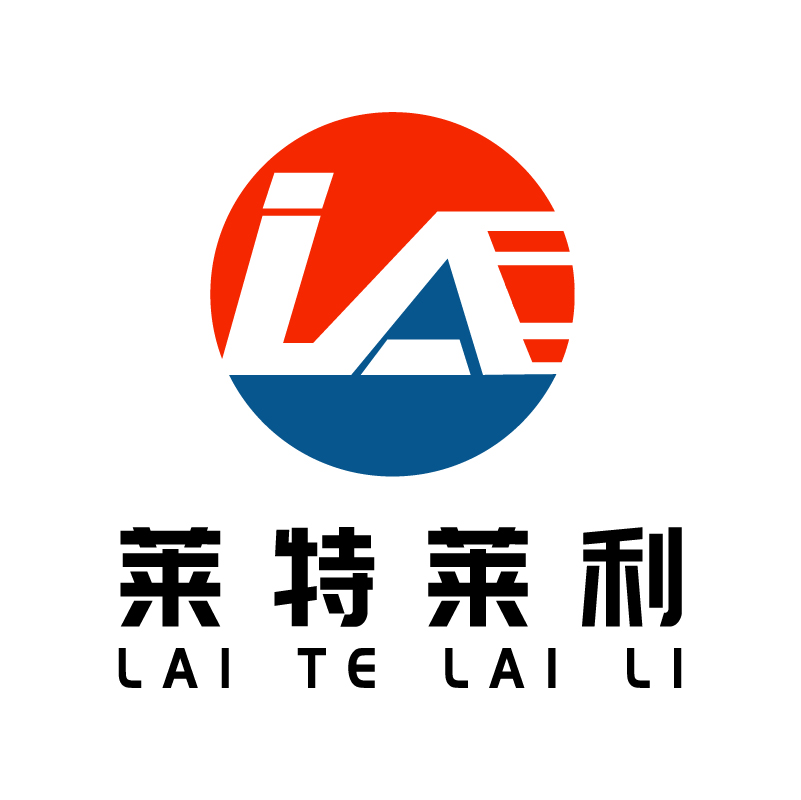How to optimize the supply chain management of long-acting three-proof thermal sensitive paper?
Optimizing the supply chain management of long-acting thermal paper is a comprehensive process, involving the coordination and integration of multiple links and factors. Here are some key steps and strategies that can help companies improve the efficiency and effectiveness of their supply chain management:
1. Define and optimize supply chain management processes
Clear process stages and roles: Clearly define the stages, departments and roles of the supply chain management process, and establish flow charts to ensure that each link has a clear responsibility and operating norms.
Ask for feedback: Communicate with the various players in the supply chain (including suppliers, producers, distributors, etc.) to understand their work, bottlenecks, and suggestions in order to develop a more realistic optimization plan.
2. Strengthen information sharing and transparency
Establish a unified information platform: Through the establishment of a unified information platform, the real-time sharing and updating of information in all links of the supply chain can be achieved, and the transparency and collaboration of the supply chain can be improved.
Application of iot technology: The use of iot technology to achieve real-time monitoring and tracking of the supply chain, ensuring that every link from raw material procurement to finished product delivery can be accurately recorded and tracked.
3. Improve supplier management ability
Establish stable cooperative relations: Establish long-term stable cooperative relations with suppliers to ensure the stability and reliability of the supply chain.
Implement supplier evaluation: Regularly evaluate the performance of suppliers, including product quality, on-time delivery rate, after-sales service, etc., and take corresponding reward and punishment measures according to the evaluation results.
Diversified supplier selection: In order to reduce supply risk, enterprises should choose multiple suppliers as alternatives and avoid over-reliance on a single supplier.
4. Optimize inventory management and logistics efficiency
Adopt advanced inventory management technology: real-time inventory monitoring, predictive replenishment, etc., to ensure that inventory levels are maintained in an optimal state, reducing inventory costs and out-of-stock risks.
Reasonable planning of logistics routes: through data analysis to choose the right transportation mode and route, reduce transportation costs and time. At the same time, strengthen warehousing management to reduce inventory overhang and loss.
5. Strengthen quality control
Establish a strict quality inspection system: to ensure that the quality of long-acting thermal paper meets customer requirements and market standards. This includes raw material procurement, production process control, finished product inspection and other links.
Strengthen supplier quality management: Work closely with suppliers to improve product quality. Conduct regular quality audit and guidance to suppliers to ensure that their products meet quality standards.
6. Risk management and response
Establish a risk early warning mechanism: identify and assess possible risks in the supply chain, such as natural disasters, political risks, trade barriers, etc., and formulate corresponding countermeasures.
Formulate emergency plans: Formulate detailed emergency plans for possible risk situations, including alternate sources of goods, alternate transportation schemes, etc., to ensure the continuity and stability of the supply chain.
7. Continuous improvement and innovation
Regular evaluation and improvement: Regularly evaluate and improve the supply chain management process, identify and resolve existing problems and bottlenecks. At the same time, innovative thinking and technology application are encouraged to improve the overall efficiency of the supply chain.
Pay close attention to the industry dynamics and technological development: pay close attention to the market dynamics and technological development trends of the thermal paper industry, and timely adjust the supply chain management strategy to adapt to market changes and technological progress.
To sum up, optimizing the supply chain management of long-term thermal paper needs to start from many aspects, including clarifying the process, strengthening information sharing, improving supplier management, optimizing inventory and logistics, strengthening quality control, risk management and response, and continuous improvement and innovation. The implementation of these measures can significantly improve the management efficiency and effect of the supply chain and enhance the market competitiveness and profitability of enterprises.


